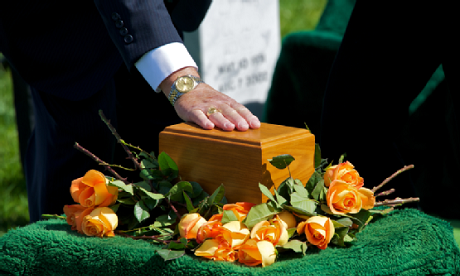The Vatican’s recently announced a set of guidelines for cremation, ash spreading, and burial.
Spokeswoman Simone Olsen says the Catholic Church in New Zealand will follow guidelines from the Vatican.
The practice of ash spreading is particularly pertinent in the New Zealand at this time because a number of iwi have been expressing their concern about the practice.
The Catholic Church’s attitude towards human remains appear to have some things in common with Māori attitudes and values and practices.
For both groups human remains, whether cremated or not, are sacred. So both consider the places the remains are left in to be sacred.
For Catholics, this means scattering ashes, dividing them between the bereaved or keeping them in places that aren’t sacred – like at home – is not permitted.
Recently a number of iwi have spoken out saying people should consult them about where they scatter ashes.
From Māori perspective human remains (including ashes) must not come into contact with food.
This includes potential food sources – like lakes and coastlines – and places where food may be consumed.
To put this into context, if human ashes were scattered along a coastline, a rāhui restricting access to or using the area or resource for a given period would need to be put in place.
Māori also like to know where human remains are placed.
Some places could be sacred for iwi. They like to care for and protect these sacred places, known as waahi tapu. Some want such place placed off limits for ashes.
It has been suggested that the church may deny someone a christian funeral if they request to have their ashes scattered.
However, Olsen says people still had free will to decide what they wanted to do.
To her understanding, priests would be able to decide for themselves what they wanted to do for “each unique situation”.
Source
